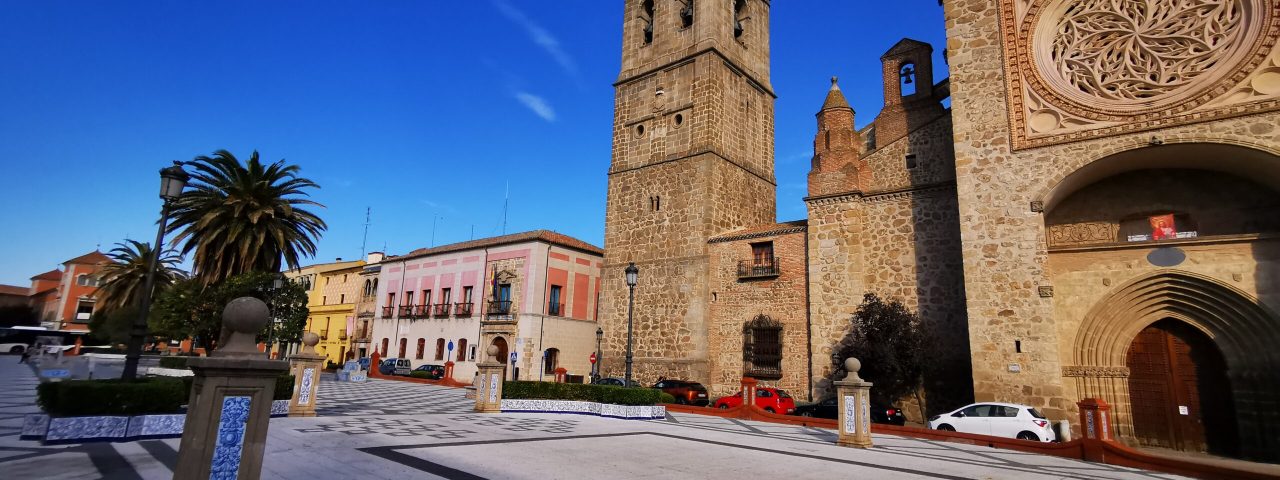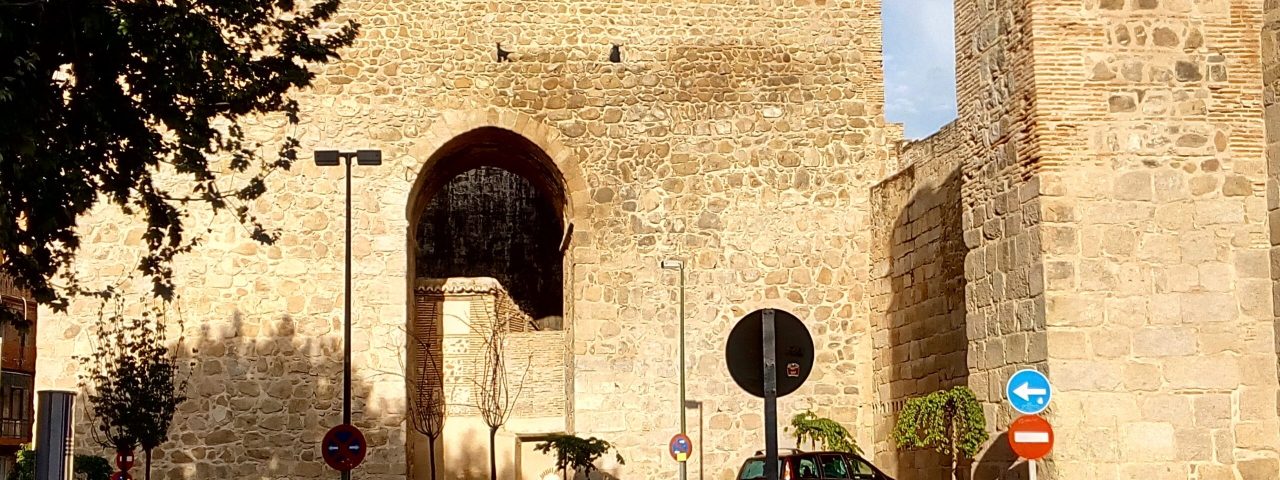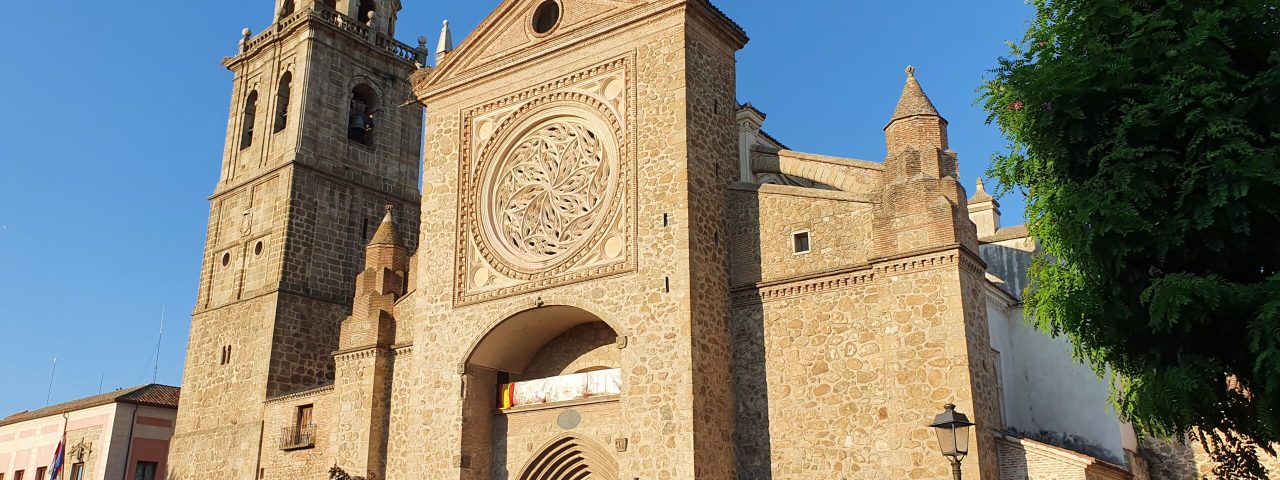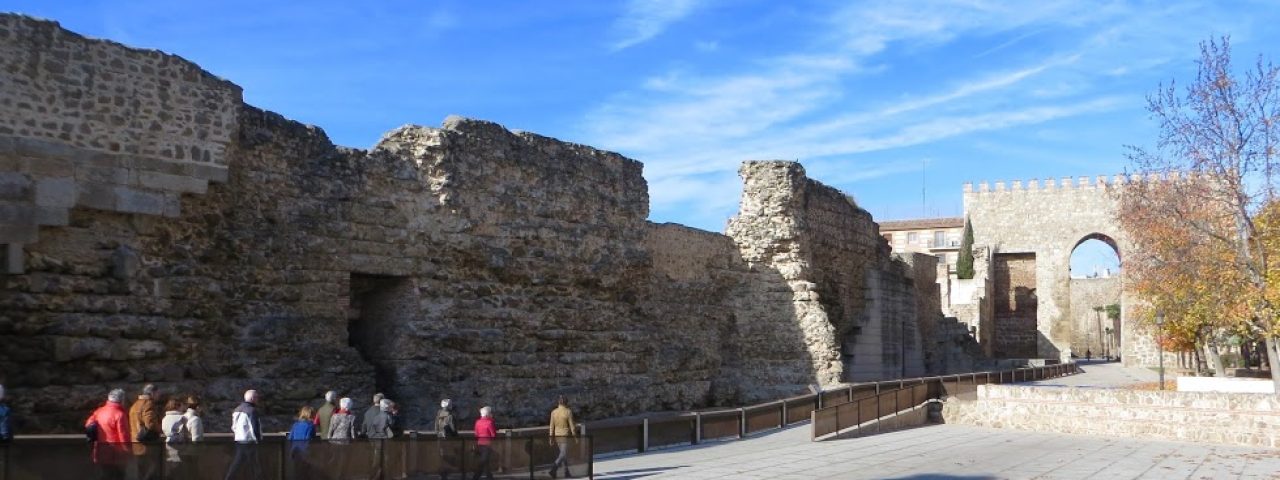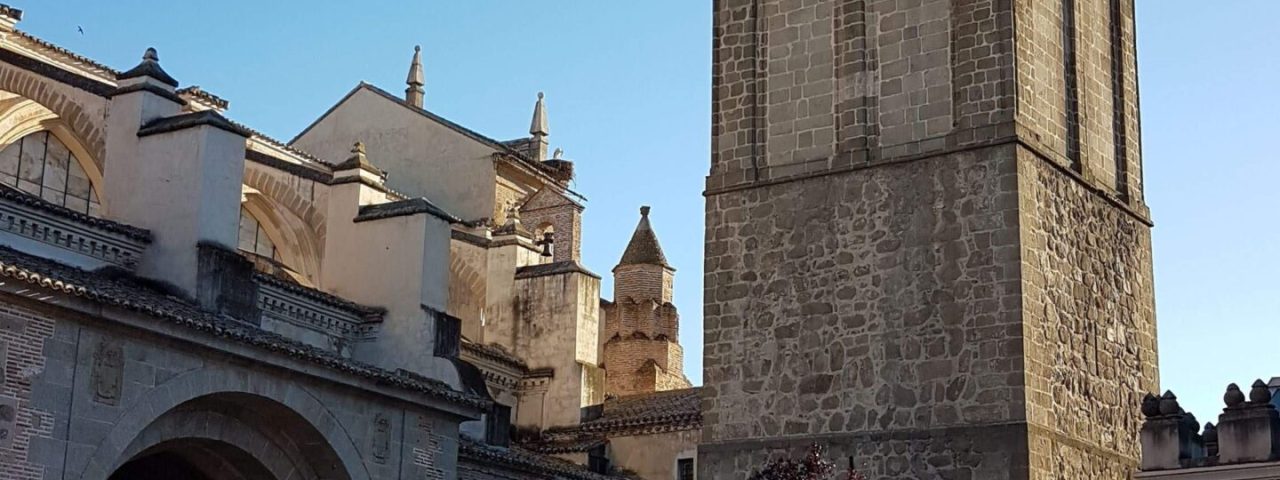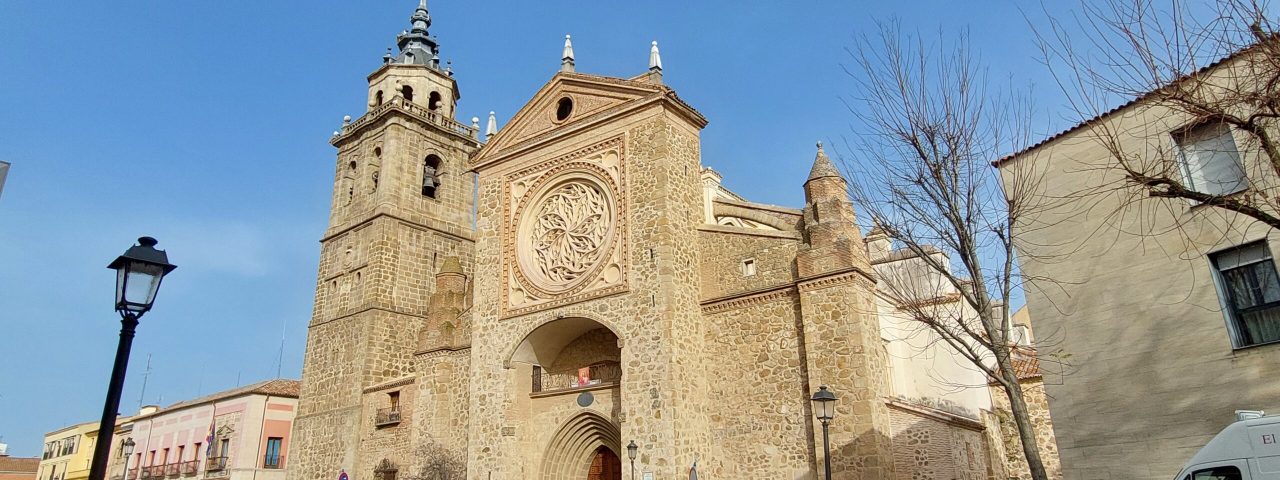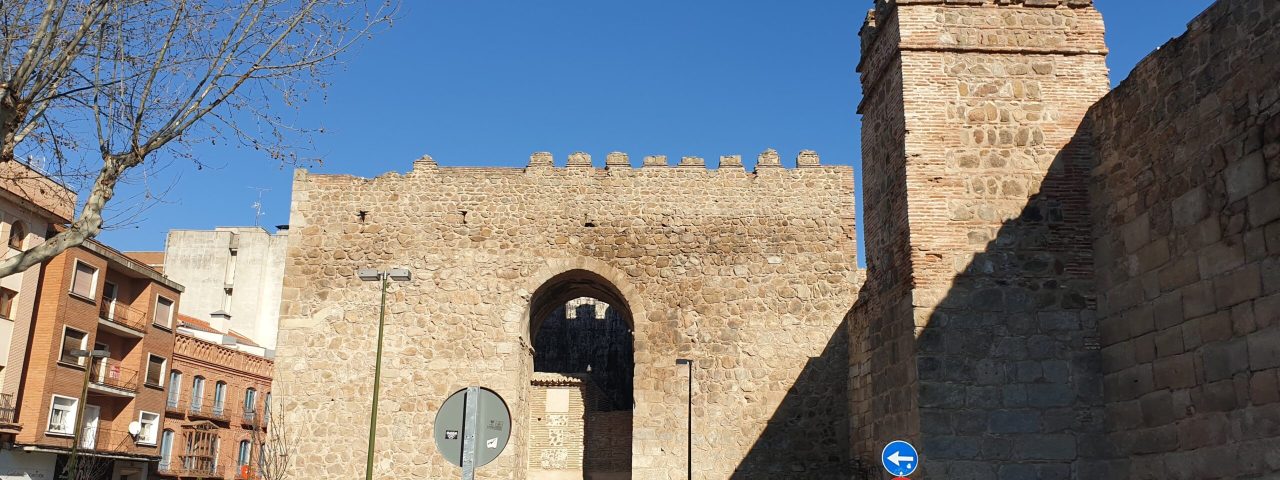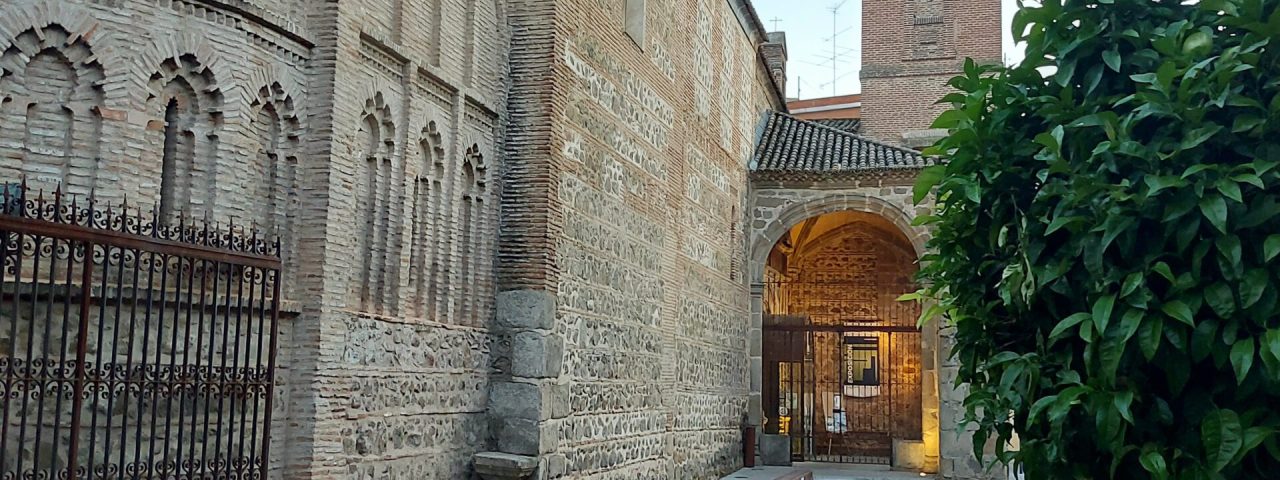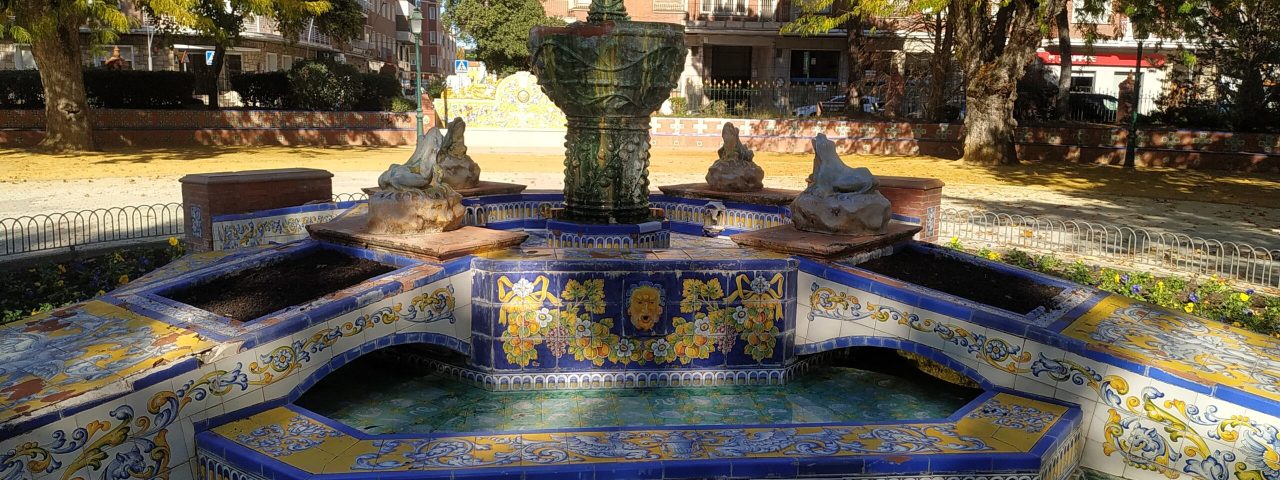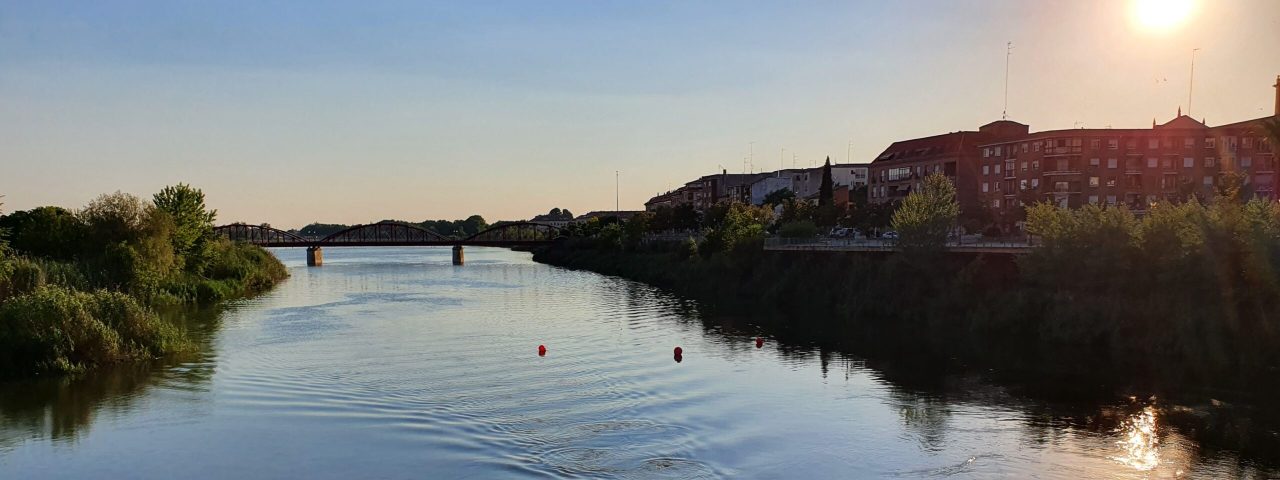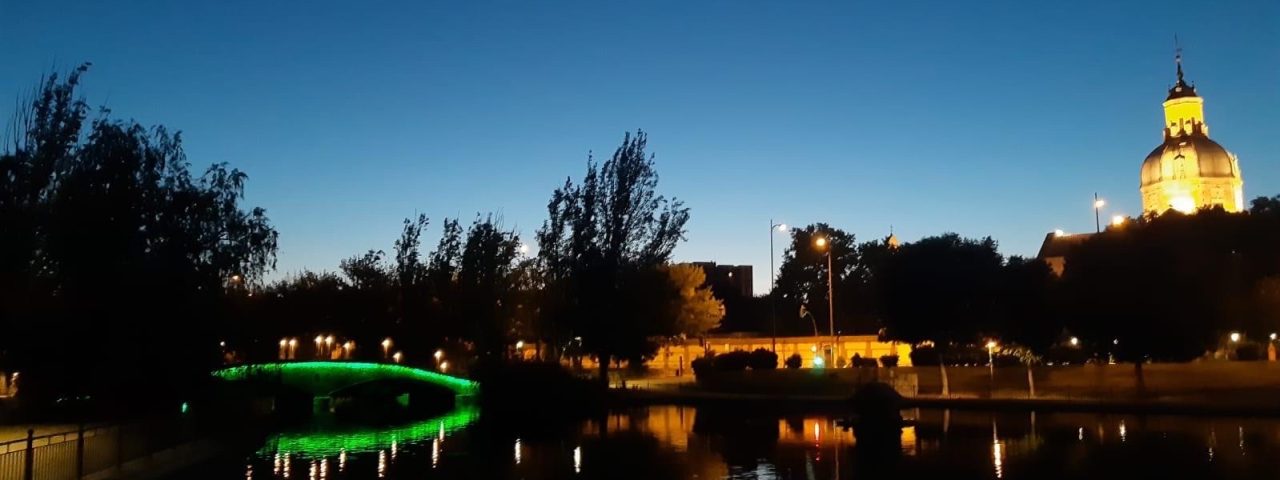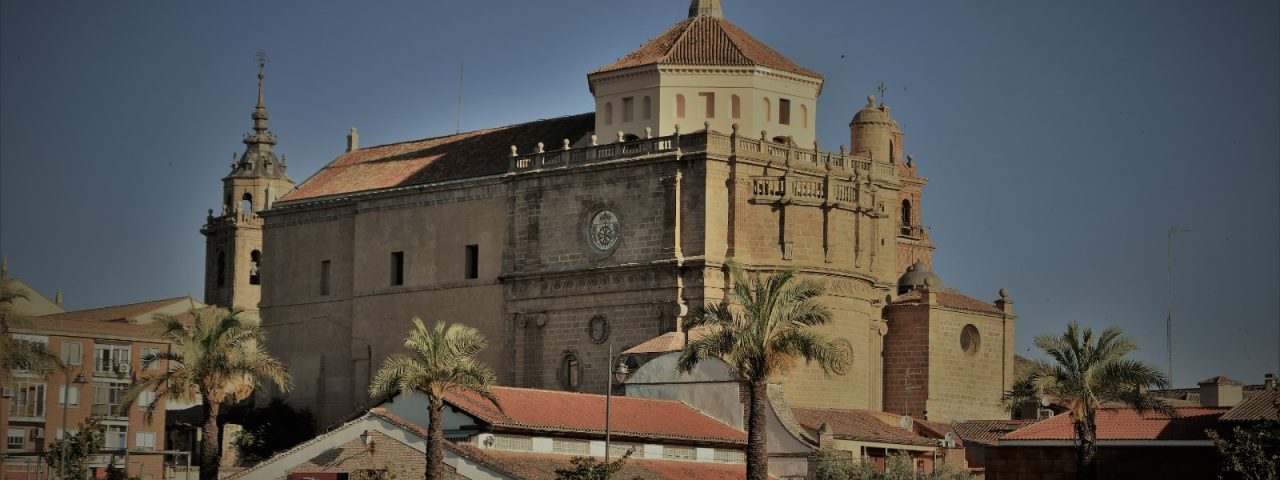Talavera de la Reina boasts a rich and varied history that dates back to ancient times. Originally settled by the Romans, the city became an important trading post due to its strategic location along the Tagus River. In the medieval period, Talavera was influenced by Moorish rule before being reconquered by the Christian forces during the Reconquista. The city’s blend of Roman, Moorish, and Christian architectural and cultural influences remains visible today in its historical landmarks and traditions.
One of Talavera’s most famous cultural contributions is its ceramics, which date back to the Middle Ages. The city’s pottery is known for its blue and white color scheme, which has been a hallmark of Talaveran artistry for centuries. In 2019, Talavera’s ceramic tradition was recognized by UNESCO as Intangible Cultural Heritage, a testament to its importance and influence in the world of ceramics.
Culturally, the city celebrates several major festivals, with the “Feria de San Isidro” and the “Fiestas de las Mondas” being the most prominent. The Fiestas de las Mondas, held in April, is one of the oldest festivals in Spain, dating back to Roman times. It celebrates the city’s deep-rooted traditions and attracts thousands of visitors each year with parades, music, and religious ceremonies.

